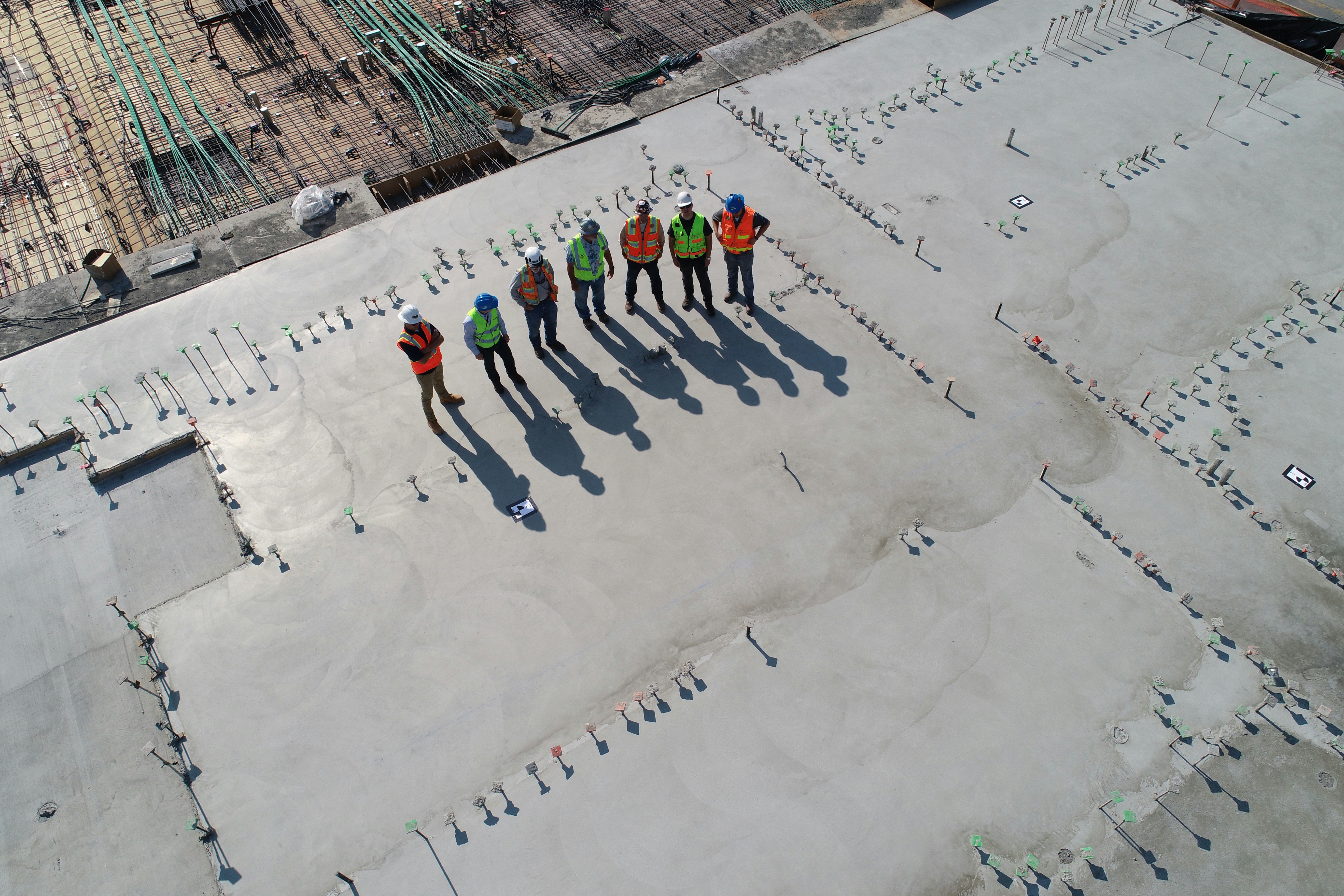An Avalanche of Talk
How many times have you come across phrases like “We are an equal opportunity employer and welcome applications from all sections of the community.” Or maybe “We are committed to creating a diverse and inclusive workplace. We encourage applications from candidates of all backgrounds, identities and experiences.”
Feels good, doesn’t it?
If you are a candidate looking for a job or a recruiter, you have definitely seen these sentences. You may have even typed up those in many documents. Because that’s what we all are doing now- we are diversifying: portfolios and people. And rightly so - diversified teams fuel innovation, resilience and growth. Just like diversified products, a mix of perspectives pays off.
Diversity and inclusion strategy aren't just buzzwords, they're today's corporate mantra. Organisations increasingly broadcast their diversity credentials as a badge of honour, knowing well that creating an inclusive workplace attracts talent and boosts innovation. LinkedIn’s analysis by Textio, found that 12% of U.S. job postings explicitly touted "equity," "diversity", or "inclusion" in the first half of 2023. Similarly, neurodiversity mentions in UK job ads have risen significantly, from 0.3% in 2019 to 2.1% in late 2024, which we could keep track of. All of which highlights the corporate race towards workplace inclusivity. Companies are keen to broadcast their commitment, and there’s no doubt: inclusivity is trending.
But scratch beneath the corporate façade, and you'll soon question: how deep does this commitment go? Are the organisations walking the inclusivity talk?
Rhetoric, Meet Reality
Look around, and you’ll see teams with diverse people from all backgrounds. It’s beautiful, and the coexistence looks seamless. Take a closer look and you’ll find evidence suggesting that despite being “seemingly” diverse, it may not be inclusive.
- Disability inclusion gaps: Scope UK (2023) reported that 50% of disabled workers still face inadequate adjustments - from inaccessible bathrooms to missing ramps.
- Neurodivergent challenges: HBR (2023) found that 75% of neurodivergent employees say their workplaces worsen their sensory sensitivities. Noisy open plan offices, bright fluorescent lighting and unclear communication all contribute to anxiety and reduced performance.
- LGBTQIA+ discomfort: Stonewall Workplace Report (2023) revealed 30% of LGBTQ+ staff feel uncomfortable at work due to workplace culture. This includes subtle dress code policing, microaggressions and even explicit bullying.
- Religious inclusion hesitancy: Many Muslim employees hesitate to request prayer breaks, fearing it will be seen as unprofessional. Acas guidance urges employers to accommodate religious practices during the workday.
The need for such guidance itself highlights an uncomfortable truth: many don’t feel safe enough to ask. From anecdotes to backed-up research, it's clear that there's a glaring disconnect. Although diversity may be visible, true inclusivity remains out of reach for many.
The Inclusion Illusion
This raises an uncomfortable yet essential question: are organisations genuinely inclusive or just "inclusive-ish"? Inclusive leadership isn’t about optics. It’s not enough to hire from diverse backgrounds without building an environment where those individuals can thrive. True inclusivity goes deeper. It demands physical accessibility, psychological safety, flexible work structures and leadership that models inclusive behaviours.
Surface-level diversity, devoid of meaningful support, merely masks deeper systemic issues. Creating an inclusive workplace requires dedicated infrastructure, inclusive policies and proactive cultural sensitivity - factors many organisations overlook in their race to tick the "diversity" checkbox. The inconvenient truth is that, without tangible, consistent investment in creating truly supportive environments, organisations risk making inclusion a hollow PR gesture.
But the good news is that it is possible. We’ve seen it.
IHG, the global hospitality brand that moved beyond performative gestures to embed real inclusivity. The company established targeted hiring practices to attract candidates from underrepresented backgrounds, followed by mentorship programmes to support long-term growth and integration. These weren’t just diversity tactics, they were culture-shaping investments towards inclusivity. IHG didn’t just diversify their talent pipeline; they built a more supportive, inclusive workplace culture that empowered employees to thrive across levels without compromising their identities.
It’s easy to get overwhelmed by what’s missing. But there are leaders making real, measurable progress. And when they do, the impact is undeniable. At Breakthrough, we’ve seen first-hand how embedding inclusive behaviours into culture transforms morale and business results.
Want to hear what inclusive leadership sounds like in action? Listen now as Lara Brans, Executive President at JDE Peet’s Asia Pacific, shares her three powerful lessons on leading with authenticity, courage and inclusion.
It’s Not That Deep, But It Should Be
Your company’s work culture is its identity - a collective ethos shaping employee well-being, satisfaction, and ultimately, performance. McKinsey’s comprehensive diversity report (2023) confirms that organisations genuinely committed to inclusivity not only boost employee satisfaction but outperform peers by 25–36% in profitability and innovation.
At Breakthrough, that’s what we’ve seen amongst the corporations we work with. Clearly, true inclusivity isn’t just ethically important; it's strategically imperative. Yet, we must admit that achieving authentic inclusivity is challenging. It demands honest introspection, real resources, and a collective mindset shift. But the results - retention, innovation, engagement - make the effort worthwhile.
So, where can leaders start?
Practical Steps to Get There
True inclusivity isn't easy - but when achieved, it unlocks exceptional potential, reshapes cultures, and creates workplaces where everyone feels valued, empowered and inspired to contribute their best. While diversity and inclusion demand sustained effort and introspection, organisations bold enough to meet this challenge won't just reap cultural or economic benefits - they'll embody the future of work itself.
So, what might include practical, feasible next‑steps to make inclusion authentic?
- 100 % accessibility audits: Hiring external experts to evaluate everything from mindsets to digital accessibility. Then act on what’s found.
- Employee‑led inclusion councils: Representing neurodiversity, physical disability, LGBTQ+, etc., equipped with resources and authority. Give people a real voice, budget and backing.
- Diversity training for leaders: Emphasising empathy‑based, feasible education over checklists, rooted in lived experience and real world challenges.
- Flexibility by design: Quiet booths, remote work, fluid dress codes, religious observance days. Inclusion Klaxon: those are for real people, not just policies.
- Transparent progress tracking: Quarterly reporting on accommodations requested, received, and employee satisfaction. Run regular feedback questionnaires and share the data.
- Inclusion metrics tied to executive evaluations and compensation: Link DEI progress to leadership evaluations. When leaders are accountable, transformation follows.
Adopt the Breakthrough Mindset
Building an inclusive workplace culture demands deeper commitments. Beyond policies, it starts with how we think and behave. The Breakthrough Mindset™ transforms good intentions into real impact by anchoring culture into three core behaviours:
- Empathy: Breaking down recruitment jargon into lived experiences. It means admitting: “Oops, we don’t have wheelchair‑friendly restrooms yet” then actively fixing it.
- Tangible action: Move beyond performative short-term gestures. Create sensory-friendly spaces, offer anonymous mentoring, and redesign benefits to reflect all kinds of people. Inclusion is in the details.
- Accountability: Begin measuring your DEI initiatives by tracking what’s promised versus what’s delivered. Gossip Success what’s working, and be transparent about what’s not. Leadership and the wider organisations must hold themselves accountable and take action.
Walk the Talk
Yes, setting up these mechanisms is fiddly and difficult. But the cost of failing at inclusion is worse: broken promises, disengaged employees, reputational hit and under‑leveraged talent. If your commitment is meaningful, the investment, time, money and mindset shift are worth it. If it’s mere optics, then at best you’re marketing a facade; at worst, you’re betraying the people your policies purport to support.
The big reveal? Many organisations say they are inclusive but too few really are. Until we bridge the gap between the language on LinkedIn and the lived experiences in the offices, we remain stuck in superficial diversity. Not rainbow washing branding or polished policies but workplaces where people feel safe, supported and empowered.
It’s time to hold ourselves accountable, and to adapt for growth as we preach and teach at Breakthrough. Let’s move from inclusive-ish to truly inclusive. Yes, it’s challenging but those who take the slog will earn the benefits of diverse thinking, innovation and real belonging. And that’s no illusion- it’s the future of business.
Ready to drive genuine transformation in your organisational culture? Contact us now and make inclusivity an operational reality.





